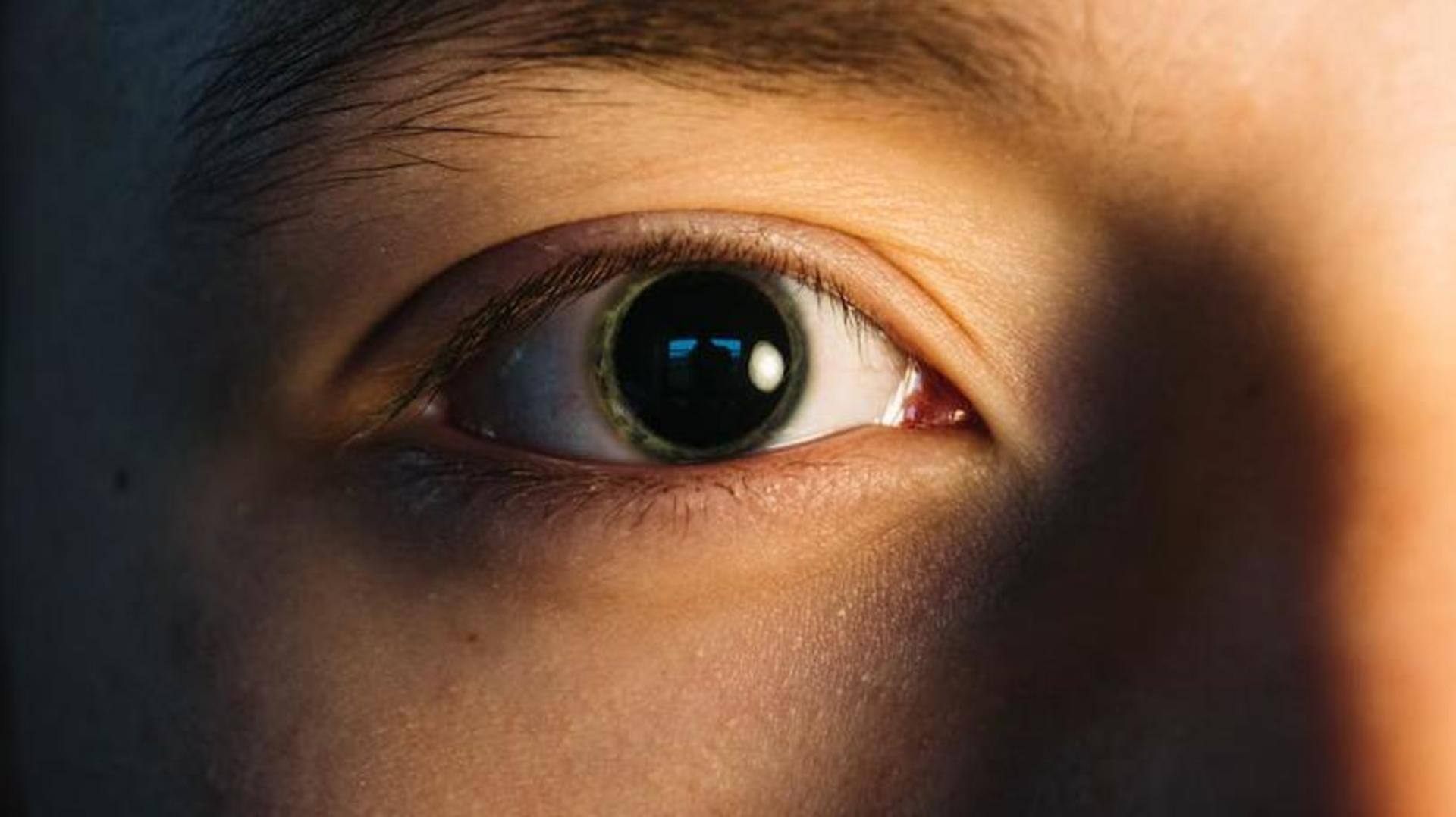
Glaucoma: Understanding the symptoms, causes, and treatment
What's the story
Known as the "silent thief of sight," glaucoma is a leading cause of permanent blindness. It damages the eye's optic nerve and often occurs when fluid in one's eye's front region builds up. The optic nerve is harmed by the increased pressure in the eye (intraocular pressure) caused by the additional fluid. Let us know about glaucoma in detail.
What is glaucoma
What is glaucoma?
The term 'glaucoma' is used to describe a variety of eye conditions that harm your optic nerve. Even though the condition may initially be severe in only one eye, most people eventually acquire glaucoma in both eyes. One eye may have moderate to severe damage from open-angle glaucoma while the other may just have minor effects.
Cause
What causes glaucoma?
The most important causal factor is intraocular pressure. The eyes produce a fluid called aqueous humor to help maintain the pressure in the eye. However, elevated eye pressure happens as the result of a buildup of this fluid inside of the eye due to aging. Your optic nerve may eventually be harmed by this elevated eye pressure, which can cause glaucoma.
What happens
How does glaucoma develop?
Over a million microscopic nerve fibers make up the optic nerve. It resembles an electric cable comprised of several tiny wires. You will have blind spots in your vision as these nerve fibers degenerate. These blind spots might not be apparent until the majority of your optic nerve fibers have gone. You will become blind if all of the fibers die.
Risk factors
Who is at risk for glaucoma
Glaucoma is usually seen in people above 40, though it can develop in children too. Additionally, people with a glaucoma history in the family, who have had an eye injury, and are farsighted or nearsighted are also at high risk for glaucoma. People who have diabetes, migraines, high blood pressure, and poor blood circulation should also be careful.
Symptoms
What are the usual symptoms of glaucoma?
There aren't any early warning signs of glaucoma. The changes to vision can happen gradually. Hence the symptoms are easy to miss. However, some of the common symptoms of glaucoma include eye pain or pressure, headaches, seeing rainbow-colored halos around lights, low vision, blurred vision, narrowed vision (tunnel vision) or blind spots, nausea and vomiting, and red eyes.
Treatment
How is it treated?
The damage done by glaucoma on the optic nerve is permanent and cannot be reversed. Medicine and surgery can help stop further damage. However, these cannot restore the vision you have already lost. It is usually controlled with an eyedrop medicine which helps in lowering eye pressure. Another method to treat glaucoma is through laser surgery. It helps fluids drain from the eye.